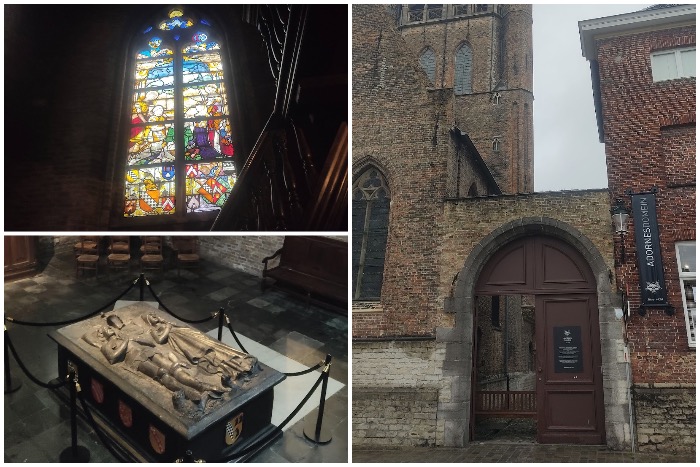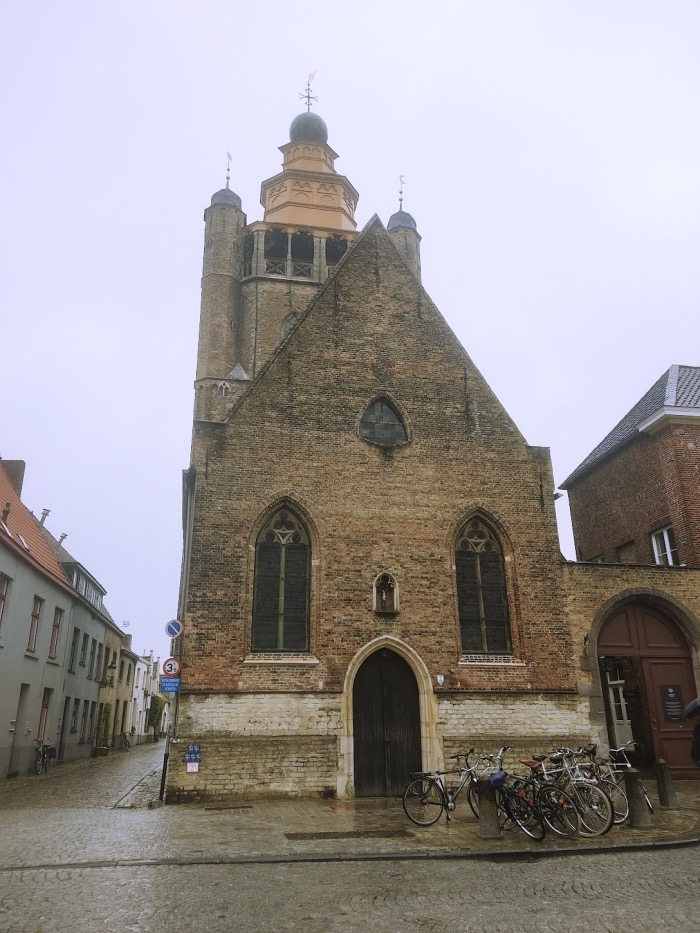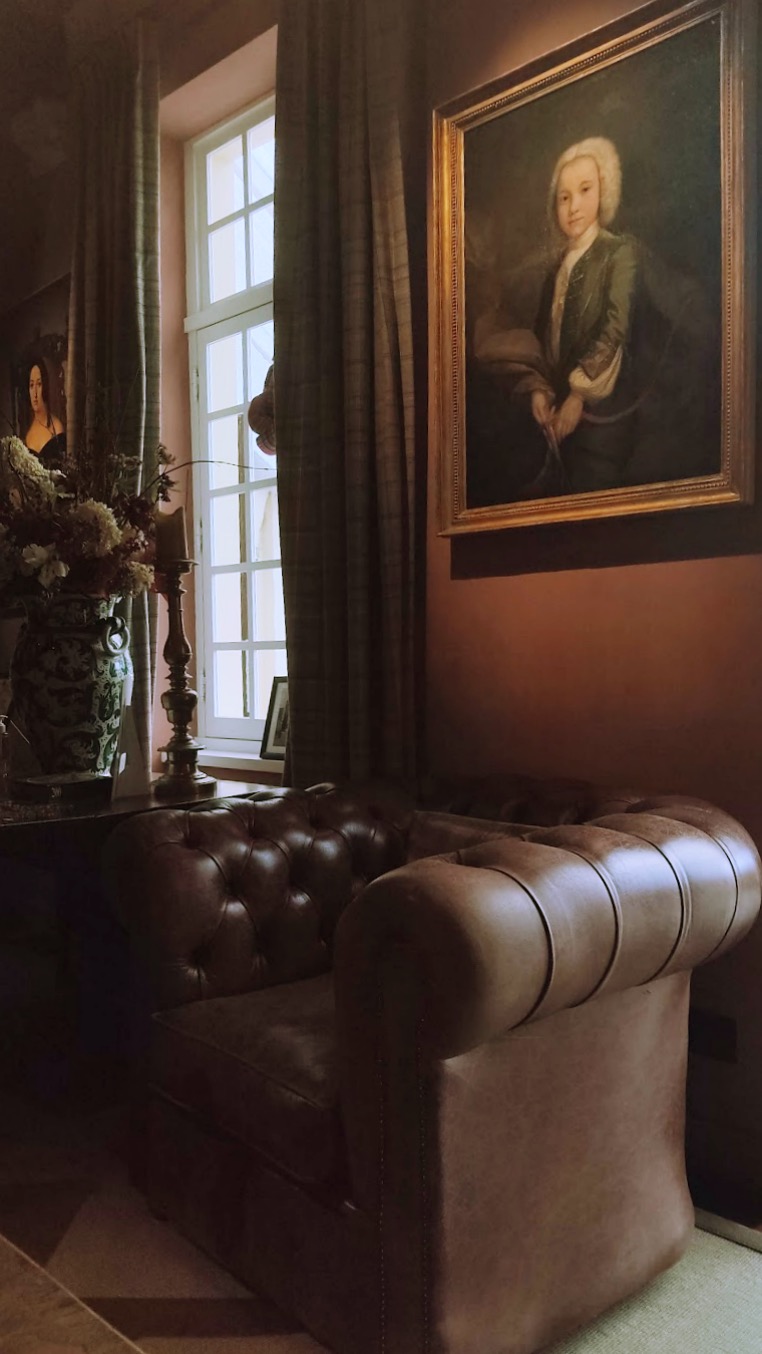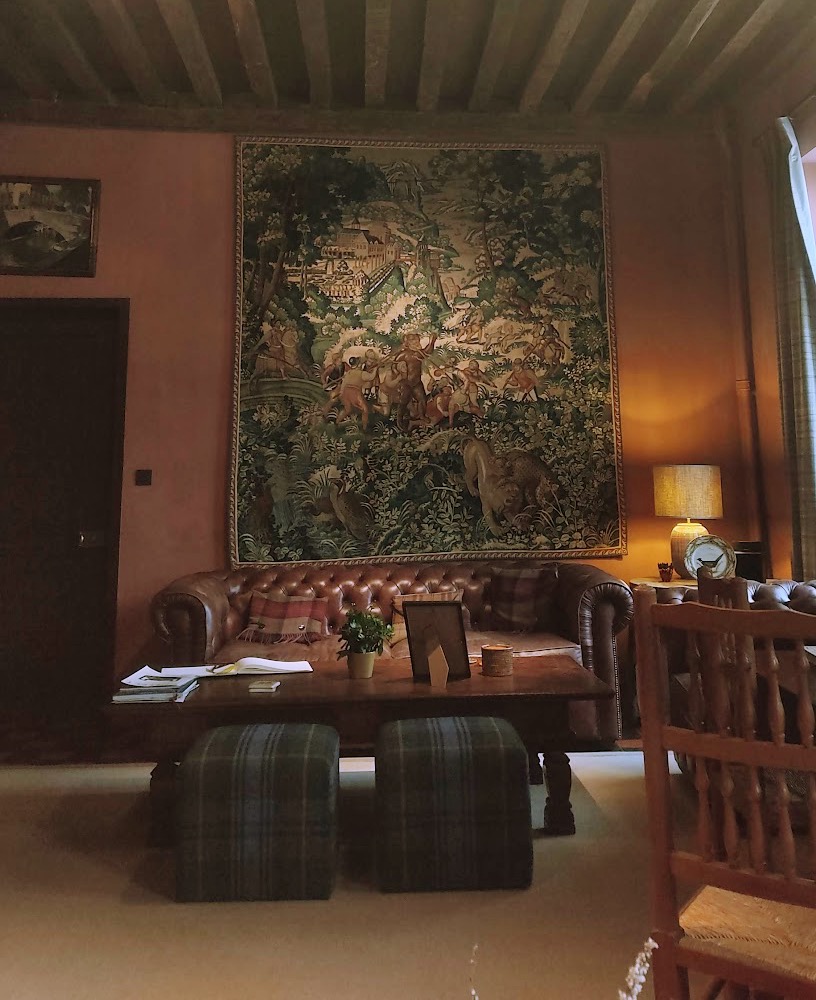
Dear art lover, I am happy to take you on a discovery tour of extraordinary places and today I am especially happy to introduce you to the Adornesdomein in Bruges. A place that seems to belong to another era.
This time I sent our bookmirror_ Chiara Bressan to explore this place steeped in history and culture, who had already told us about the exhibition The art of Hipgnosis. I am happy to share with you his unforgettable experience, which I am sure will inspire your future travels.
Adornesdomein in Bruges: a journey through time between art and history

Within the walls of Bruges, small pearl of West Flanders, lies a treasure chest of history and art, an oasis of tranquillity for the niche of visitors to whom it is known. The Adornes Domain is a symbolic and sacred place, located outside the centre in a quiet, protected residential area. At the entrance we are greeted by Jelle, our personal guide for today’s visit.
The Belgian weather is as unpredictable as ever, and today is not the best, but the steady drizzle makes the site, if possible, even more mystical. We cross the threshold and find ourselves in the inner courtyard, in a world isolated from the buzz outside. It is like entering one of those convents that overlook streets teeming with life, that have the power to lock the world outside and catapult us into a silent universe. The domain has belonged to the Adornes family, of Genoese origin, for centuries and dates back to the 15th century.
It was founded by Anselm Adornes (or rather, Adorno), a merchant and diplomat, an important figure in the political and commercial scenario of 15th century Flanders, who played the essential role of mediator between Flanders and Scotland at the Scottish court of James III.
Today, the seventeenth generation of the family, Count Maximilien de Limburg Stirum together with his wife Véronique, takes care of the domain. The estate consists of the small museum, the Jerusalem chapel and the private house.

THE ADORNESDOMEIN MUSEUM IN BRUGES
The museum is located in what was once the residence of the servant women, originally destitute women from the neighbourhood who were offered board and lodging within the domain in exchange for service to the family. The few rooms in the museum are in fact very small and in some places the sites of the hearths are still visible.
The museum offers a brief excursus on the origin and history of the family and the figure of Anselm, and ends with an intricate family tree that reconstructs the family’s ancestry almost to its origins. One of the rooms is also used for temporary exhibitions and periodically hosts the works of various artists, to continue the patronage work that has always characterised the family.
THE JERUSALEM CHAPEL
The real pearl of the domain is undoubtedly the Jerusalem chapel, now a private family chapel that also opens from time to time for public celebrations and events for a small number of people.
Originally built in 1427 and consecrated in 1429, it was later demolished and rebuilt following the example of the original Jerusalem shrine visited by Anselm on his trip to the Holy Land between 1470 and 1471.
The first impression you get when you enter is that of being in an extremely unusual place, out of place in relation to the outside context. The ceiling is very high and all the interiors are made of stone; the atmosphere is that of a sacred place but on an oriental model. The stained glass windows reflect the light onto the cold, grey stone, making it a little gloomy today because of the weather.
In the centre stands the funerary monument dedicated to Anselm and his wife Margareta van der Banck, while at the top of the small staircase is the small space of the upper chapel, next to which is the former prayer chapel, which can be peeped through the still present slit, a connection between the chapel and the private rooms. Looking through the slit one can capture the colour mosaic of the painted room. Completing the scenery is the tiny crypt downstairs, which faithfully reproduces the one in the Holy Land, in which the pilgrims on pilgrimage are forced to stoop because of the low entrance, in contemplation of the mystical place.
The entire Jerusalem chapel is also steeped in symbolism hidden within the walls. Banners, stained glass windows and paintings tell the story of the connection between the Adornes family and the city of Bruges and the Holy Land, with references to religious and family iconography that would be difficult to detect to our naked and inexperienced eye without the guide’s valuable explanation.
THE PRIVATE HOUSE
Our visit ends in one of the rooms of the main building.
We leave the chapel and enter the Scottish Hall, a tribute to the Adornes’ deep connection with Scotland and decorated in full British style, both in furniture and upholstery. It serves as a lounge for visitors, who can relax here comfortably on the leather sofa while sipping tea in front of the large window overlooking the inner garden or exchanging a chat.
For lovers of art and culture, Belgium offers an extraordinary variety of art cities to explore. You can read more about the fascinating cities of Flanders in the article Art and Culture in Belgium.

The Adornes Domain is a small, timeless treasure chest within the city of Bruges. It may be little known, but for history and art enthusiasts, or simply for those who want to explore the gems of the Flemish territory, it can be very interesting. If you happen to be passing by, don’t miss it and immerse yourself in this short journey into the past!
If you are planning a visit to Bruges, I recommend reading the article What to see in Bruges in a day, where you will find a complete list of the city’s museums and must-see sights.
If, on the other hand, you are a fan of Flemish painting and would like to immerse yourself in the masterpieces of Flanders, you cannot miss the virtual tour of the most significant works. Find out more about Flemish painting in our dedicated article.

